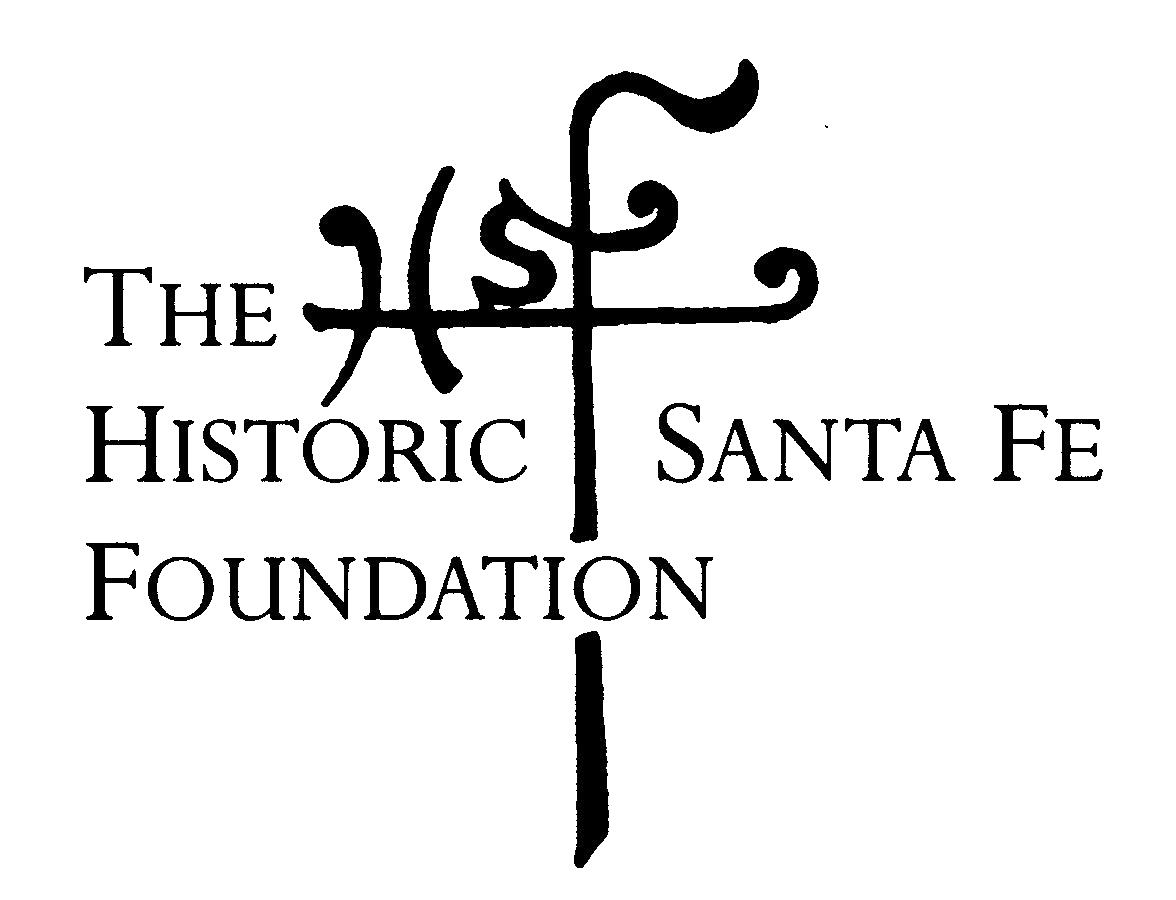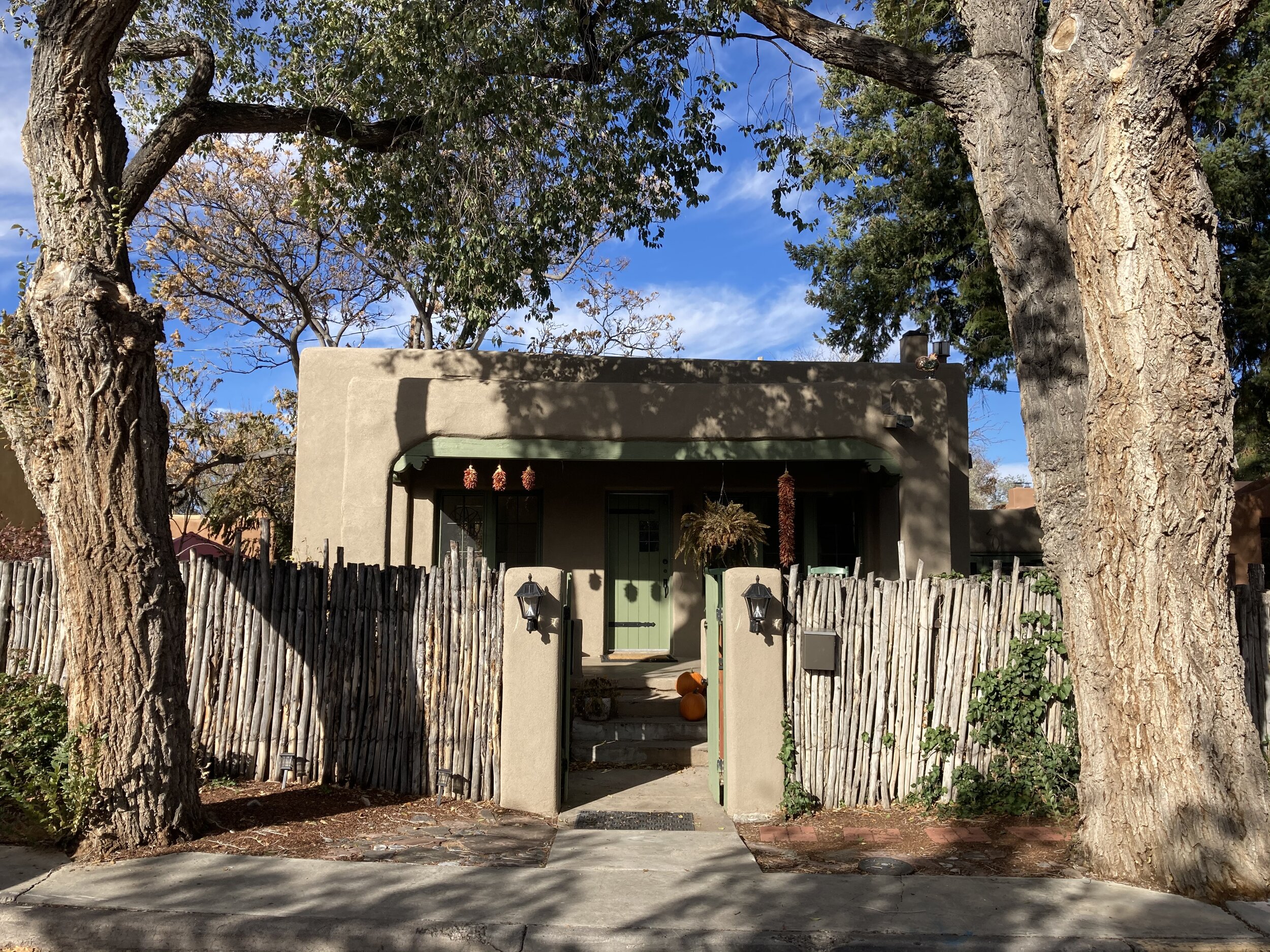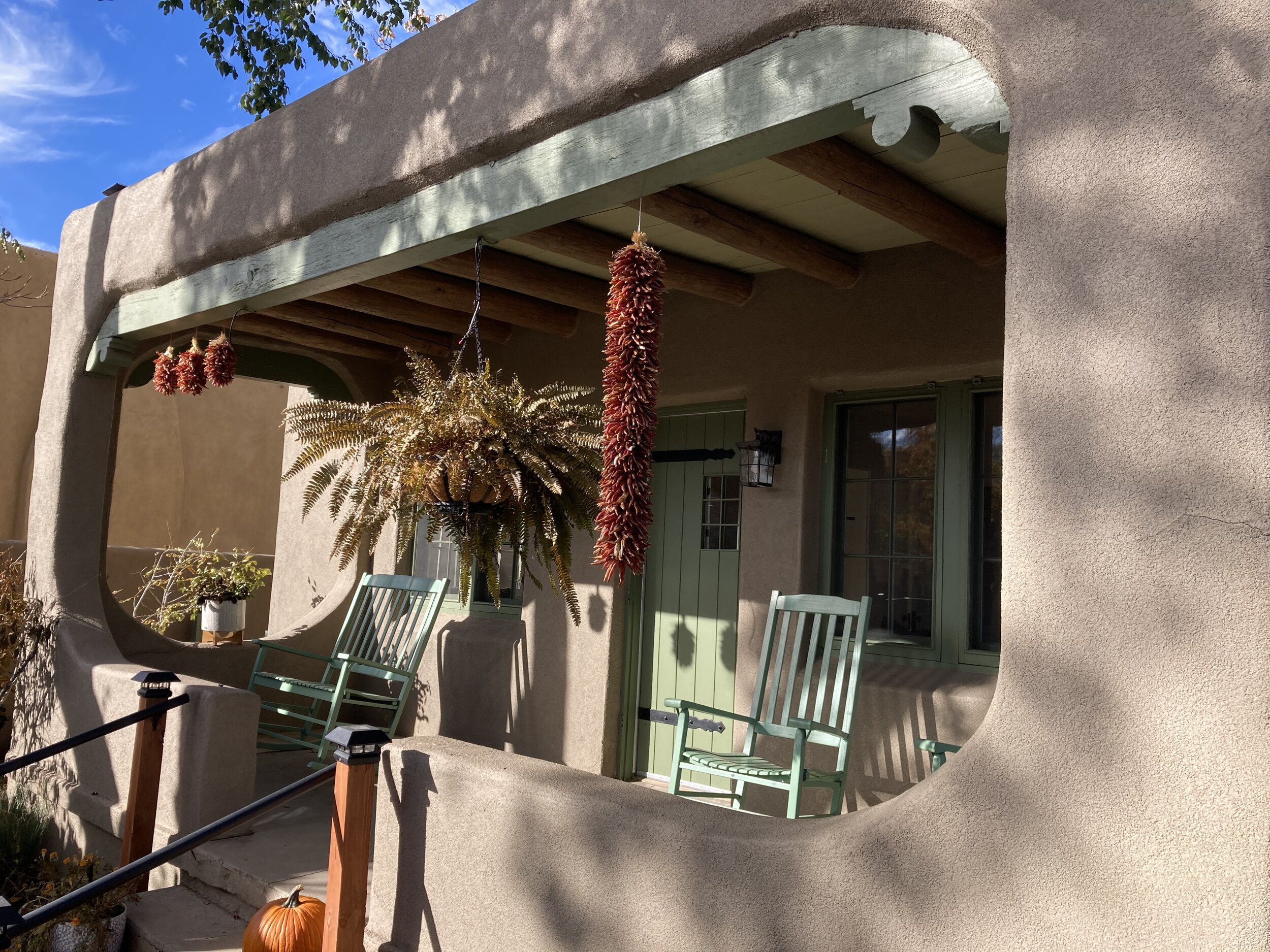Jeff Pappas on New Mexico's Segregated Past - Salon on YouTube
/SALON EL ZAGUAN
Jeff Pappas, State Historic Preservation Officer
New Mexico’s Segregated Past
Documenting Jim Crow and the National Register of Historic Places
About the talk:
The National Register of Historic Places does and is far more than its honorific title suggests. Sure, it’s the nation’s repository for significant structures and buildings, sites and districts. In fact, as of today, there are over 90,000 resources listed in the register, a list that grows by the day. In New Mexico alone, we have approximately 2,100 individually listed properties with an additional 2,400 contributing resources. There’s an entire office suite at SHPO filled with all kinds of files. Maps, nominations, correspondence, you name it. The collective history curated at SHPO operates like a small archive. It anchors our work and helps determine the historic fabric of our state. But despite these efforts there is still so much about New Mexico we don’t know. For example, certain topics and subjects like the African American story have hardly been explored. Part of what we do at SHPO is to try and find these stories, record them and make them accessible. Five years ago, my office began to research a small slice of the African American story focused on segregated schools in the eastern part of the state. This lecture will take a look at our progress to date and talk how we’ve engaged the national register to tell the story of New Mexico’s segregated past. It will also discuss a new research project that’s intended to broaden the story by looking at other types of buildings and structures associated with the African American experience.
Jeff Pappas holds degrees from Brigham Young University, Baylor University, and a Ph.D. in American Indian and Environmental History from Arizona State University. Before joining NMSHPO, Pappas worked for National Park Service at Yosemite splitting his year between California and Fort Collins, CO, where he taught in the history department at Colorado State University. He was appointed State Historic Preservation Officer in 2012 and teaches part-time in the School of Architecture and Planning at the University of New Mexico.
Jeff Pappas, Ph.D., Director
Historic Preservation Division &State Historic Preservation Officer
New Mexico Department of Cultural Affairs
407 Galisteo Street, Suite 236
Santa Fe, NM 87501
jeff.pappas@state.nm.us
(505) 629-6510









